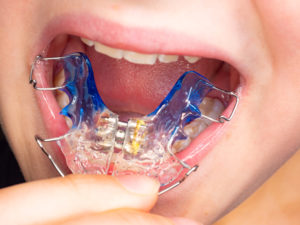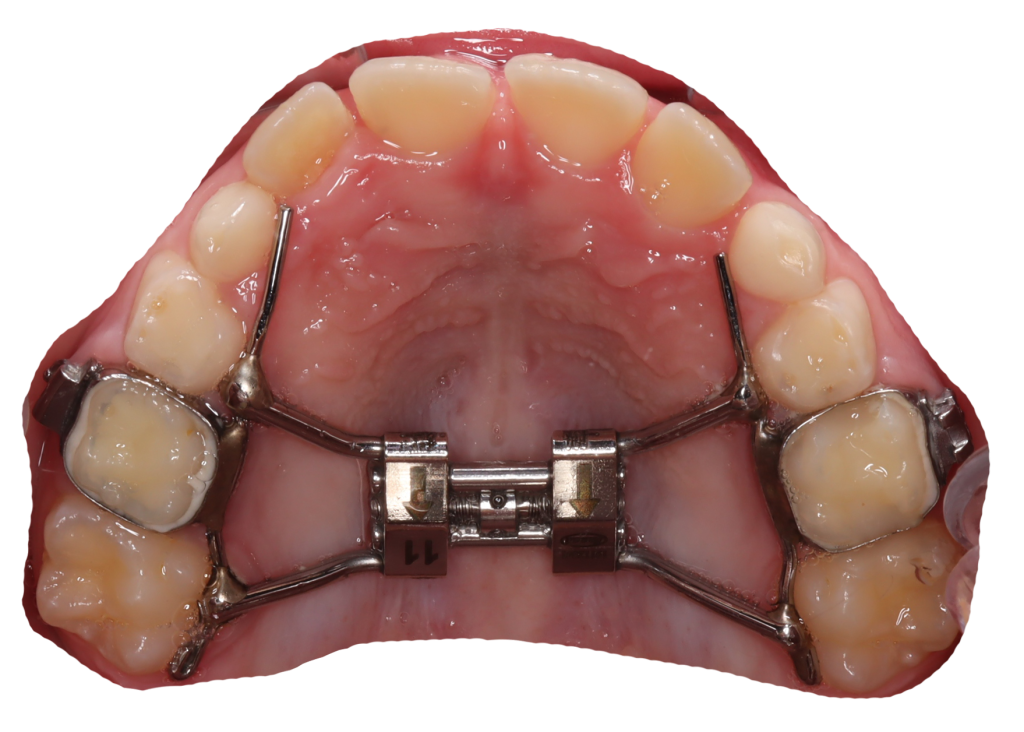The lower teeth expander is a dental device that is used to correct misalignment and overcrowding of the lower teeth. It is a popular treatment option for individuals who have a narrow lower jaw or crowded lower teeth. The lower teeth expander works by gradually widening the lower jaw and creating space for the teeth to align properly.
One of the main benefits of using a lower teeth expander is that it can improve the overall function and appearance of the lower teeth. By aligning the lower teeth, it can help improve chewing and speech abilities, as well as enhance facial symmetry. Additionally, the lower teeth expander can also prevent future dental issues such as tooth decay and gum disease, as it makes it easier to clean and maintain proper oral hygiene.
The procedure for getting a lower teeth expander typically involves a consultation with a dentist or orthodontist, who will assess the individual’s dental condition and determine if a lower teeth expander is the right treatment option. If it is deemed suitable, the dentist will take impressions of the lower teeth and jaw, which will be used to create a custom-made lower teeth expander. The expander will then be fitted and adjusted regularly to gradually widen the lower jaw and align the teeth.
Benefits of Lower Teeth Expander

A lower teeth expander is a dental device that is used to widen the lower jaw and create more space for crowded or misaligned teeth. This orthodontic treatment offers several benefits, including:
- Straighter Teeth: One of the main benefits of using a lower teeth expander is that it helps to straighten misaligned teeth. By widening the lower jaw, it creates more room for the teeth to align properly, resulting in a straighter smile.
- Improved Bite: Another advantage of a lower teeth expander is that it can help improve your bite. If you have a crossbite or an overbite, using a lower teeth expander can help correct these issues and create a more balanced bite.
- Enhanced Facial Profile: By widening the lower jaw, a lower teeth expander can also contribute to an enhanced facial profile. It can help create a more symmetrical and balanced appearance, improving the overall aesthetics of your face.
- Prevention of Dental Issues: Using a lower teeth expander can also help prevent future dental issues. By creating more space in the lower jaw, it reduces the risk of overcrowding, which can lead to tooth decay, gum disease, and other oral health problems.
- Improved Speech: In some cases, a narrow lower jaw can affect speech. Using a lower teeth expander can help widen the jaw and improve speech clarity, making it easier to pronounce certain sounds and words.
Procedure for Lower Teeth Expander

The procedure for getting a lower teeth expander typically involves several steps:
1. Consultation: The first step is to schedule a consultation with an orthodontist. During this appointment, the orthodontist will examine your teeth and take X-rays to determine if a lower teeth expander is the right treatment for you.
2. Customization: If a lower teeth expander is recommended, the orthodontist will take impressions of your lower teeth. These impressions will be used to create a custom-made expander that fits your mouth perfectly.
3. Fitting: Once the lower teeth expander is ready, you will return to the orthodontist’s office for the fitting. The expander will be placed on the lower teeth and adjusted to ensure a proper fit and comfort.
4. Activation: After the fitting, the orthodontist will provide instructions on how to activate the lower teeth expander. This usually involves using a special key to turn a screw on the expander, gradually widening the arch of the lower teeth over time.
5. Regular Check-ups: Throughout the treatment period, you will need to visit the orthodontist regularly for check-ups. During these appointments, the orthodontist will monitor the progress of the lower teeth expansion and make any necessary adjustments.
6. Completion: Once the desired expansion is achieved, the orthodontist will remove the lower teeth expander. At this point, you may be required to wear a retainer to maintain the results and prevent the teeth from shifting back.
Cost of Lower Teeth Expander

The cost of a lower teeth expander can vary depending on several factors, including the location of the dental clinic, the expertise of the dentist, and the specific needs of the patient. On average, the cost of a lower teeth expander can range from $500 to $2500.
Risks and Side Effects
![]()
Possible Risks
https://upload.wikimedia.org/wikipedia/commons/c/ca/1×1.png
- Discomfort and pain: Some patients may experience temporary discomfort or pain after the lower teeth expander is placed. This is usually mild and can be managed with over-the-counter pain relievers.
- Root damage: In rare cases, the expansion process can cause damage to the roots of the teeth. This risk is minimized when the procedure is performed by a skilled orthodontist.
Possible Side Effects
- Difficulty eating: Initially, it may be challenging to eat certain foods while wearing the lower teeth expander. Soft foods and a modified diet may be necessary during the adjustment period.
- Changes in facial appearance: The lower teeth expander can cause slight changes in the shape of the face, particularly around the mouth and chin area. These changes are usually temporary and resolve once the appliance is removed.
Overall, the risks and side effects associated with a lower teeth expander are typically minimal and temporary. The benefits of the treatment often outweigh these potential drawbacks, as it can help correct dental issues and improve overall oral health. It is essential to discuss any concerns or questions with a qualified orthodontist to ensure a safe and successful treatment process.

Dr. Fidel Cann: Esteemed orthodontist with a lifelong dedication to enhancing smiles and oral health. Pioneering expertise, compassionate care.





